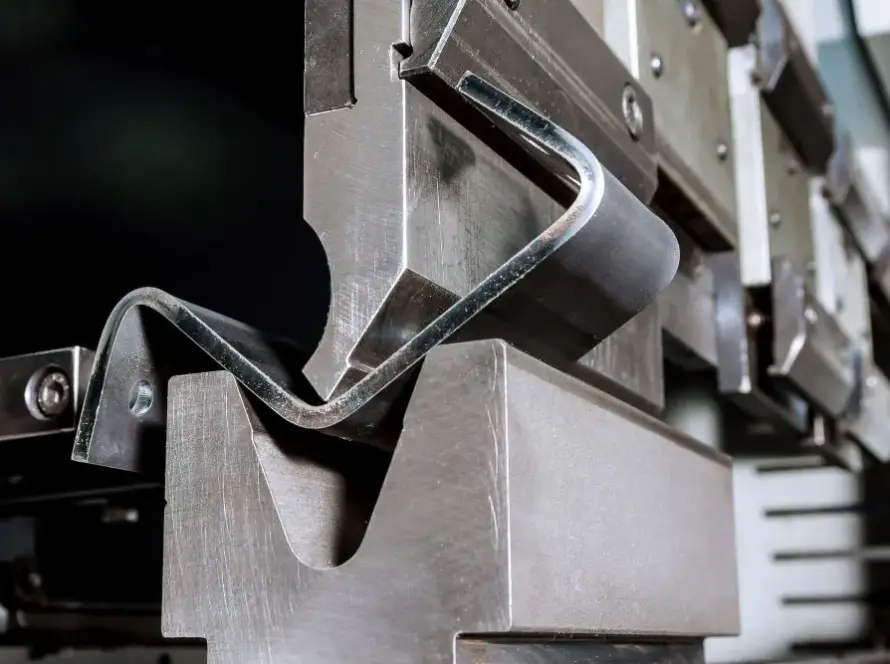Steel construction is the foundation of modern infrastructure, enabling the development of durable and versatile structures across a wide range of industries.
The Advantages of Steel Construction
Steel construction is renowned for its strength, durability, and adaptability. It is used in a vast array of projects, from industrial plants and warehouses to commercial buildings, bridges, and even large-scale residential developments. The primary benefits of using steel in construction include:
- Durability and Strength: Steel offers exceptional resistance to harsh environmental conditions, making it ideal for projects that require long-lasting, high-performance materials.
- Design Flexibility: Steel’s ability to be easily molded and shaped allows for the creation of innovative, complex architectural designs without compromising on structural integrity.
- Sustainability: As a 100% recyclable material, steel is an eco-friendly option for construction projects that prioritize sustainability and reduced environmental impact.
These advantages make steel construction a preferred choice for projects worldwide, particularly in regions that experience extreme weather conditions or have unique architectural demands.
The Vital Role of Project Design in Steel Construction
In the realm of modern infrastructure, steel construction has become an indispensable part of building durable and flexible structures. From skyscrapers to industrial plants, the strength and versatility of steel allow for innovative designs that meet the demands of contemporary architecture and engineering. However, at the heart of every successful steel construction project lies a crucial element: project design.
Why Steel Construction is the Future of Building
Steel construction offers several advantages that make it a preferred choice for a wide range of projects. The durability and high tensile strength of steel ensure that buildings can withstand extreme weather conditions, heavy loads, and seismic activity. This makes steel ideal for structures such as bridges, stadiums, high-rise buildings, and large industrial facilities.
Steel also offers design flexibility, allowing architects and engineers to create intricate and expansive structures that would be impossible with traditional materials. With advancements in steel fabrication and construction technologies, the possibilities for unique and groundbreaking designs are virtually limitless.
The Importance of Project Design in Steel Construction
While steel construction provides the raw material strength, it is the project design that shapes how effectively this strength is utilized. Project design encompasses everything from the initial conceptualization of a building to the detailed plans that guide construction. A well-executed design ensures that the steel framework not only meets safety and durability standards but also achieves the aesthetic and functional goals of the project.
During the project design phase, engineers and architects work together to address several key factors:
- Structural integrity: Ensuring that the steel framework can support the weight and stresses of the building, accounting for environmental factors like wind, earthquakes, and temperature changes.
- Material efficiency: Using steel in a way that maximizes strength while minimizing waste, leading to cost-effective and environmentally sustainable projects.
- Aesthetic appeal: Leveraging steel’s flexibility to create sleek, modern, and visually impressive structures that align with the project’s design vision.
The integration of advanced design tools, such as 3D modeling and BIM (Building Information Modeling), has revolutionized the project design process in steel construction. These technologies allow for precise calculations, simulations, and visualizations, helping to optimize the use of steel and ensure that the final structure meets all technical and design requirements.
Steel construction in Turkey has gained a strong reputation globally, thanks to the country’s advanced manufacturing capabilities and skilled workforce. Turkish steel producers combine cutting-edge technology with stringent quality control processes to deliver durable, high-performance steel structures for a wide range of applications. From large-scale industrial facilities to innovative architectural projects, Turkey’s steel construction industry plays a pivotal role in meeting the needs of international markets, solidifying its position as a key exporter of steel solutions worldwide.


